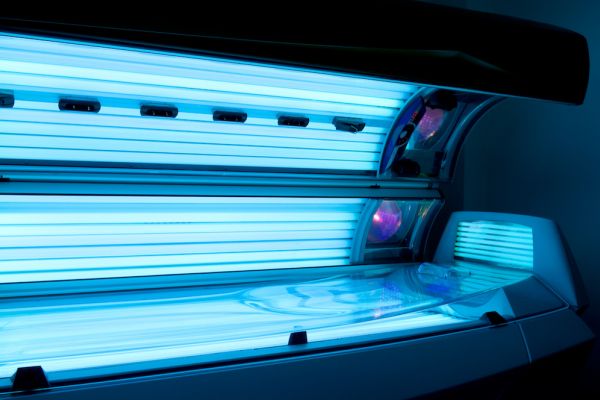All of us are born with a unique set of human characteristics that help make us who we are, but take a look at your family and you’re likely to find that you have many things in common with them.
Dimples, curly hair, right- or left-handedness, freckles — all can be passed along from parent to child. Those visible features are determined by the genes you inherited from your parents — special segments of your DNA that contain a set of instructions for how your body will look, how you’ll behave, and even how likely it is that you’ll develop certain medical conditions.
Melanoma, a type of skin cancer, is one of the diseases for which you can inherit risk. Because melanoma causes most skin cancer deaths in America — and the number continues to rise every year — you should understand what puts you at risk for the disease, how to lower your risk, and how to spot melanoma in its early stages, when it’s easier to treat.
It’s estimated that between 5-12% of all melanomas develop in families with a strong history of melanoma and other cancers.
Who’s at risk for inherited melanoma?
The risk of melanoma is higher if your have one of these factors:
- A first-degree relative (parent, sibling or child) with melanoma. Your risk may increase if you spend a lot of time in the sun, have fair skin, red or blonde hair, green or blue eyes, more than 50 moles, large moles, or moles that look unusual.
- Xeroderma pigmentosum. This rare, inherited condition affects the skin cells’ ability to repair damage to their DNA. People with this xeroderma pigmentosum have a higher risk of developing melanoma and other skin cancers when they’re young, especially on sun-exposed areas of their skin.
- Ashkenazi Jewish ancestry. This population group, especially women, tend to have a higher risk of developing melanoma.
But keep in mind that most people do not have an inherited risk of melanoma.
Should I get genetic counseling?
Genetic counseling can help you understand whether you have an inherited risk of melanoma, but it’s not appropriate for everyone. Roswell Park recommends genetic counseling if your physician observes a strong family history of melanoma or pancreatic cancer in at least three members on one side of the family, at least three melanomas developing in one person — with the first occurring before age 45 — or if we diagnose a specific type of unusual mole. In addition, having another type of skin cancer, such as basal cell carcinoma or squamous cell carcinoma, increases your risk of developing melanoma.
While it’s rare, your melanoma risk could be influenced by a family history of mesothelioma, an aggressive cancer that is caused by the inhalation of asbestos fibers; meningioma, a tumor that forms in the head and may affect the brain; and/or uveal melanoma, tumors that arise from pigment cells in our eyes.
Prevention is key to reducing your risk of melanoma, whether or not you have an inherited risk. The main risk factor for melanoma is exposure to ultraviolet light, whether that comes from the sun or from tanning beds, so avoiding exposure is crucial to lowering your risk.
Never miss another Cancer Talk blog!
Sign up to receive our monthly Cancer Talk e-newsletter.
Melanoma symptoms — and tips for prevention
Melanoma can develop suddenly on skin that looks normal otherwise, or it may develop in or near a mole. The dermatology experts at Roswell Park suggest that you get in the habit of examining your skin using both a full-length mirror and a hand-held mirror so you can see every part of your body. Contact a dermatologist if you find new moles or if a mole begins bleeding, changes color or becomes itchy or painful. If you’re at increased risk for melanoma, schedule routine annual visits with a dermatologist.
The Centers for Disease Control and Prevention recommends easy options for protection from UV radiation:
- Stay indoors or in the shade when the sunlight is strongest, especially during midday (10 a.m.-2 p.m.).
- Wear clothing that covers your arms and legs; a hat with a wide brim to shade your face, head, ears and neck; and sunglasses that wrap around and block both UVA and UVB rays.
- Protect exposed skin with a broad-spectrum sunscreen with an SPF (sun protective factor) of 30 to help reduce the risk of damage caused by harmful ultraviolet (UV) rays. It’s important to remember that UV rays can reflect off surfaces like water, cement, sand and snow. So reapply sunscreen every two hours as well as after swimming or sweating excessively.
- Don’t tan indoors. Tanning bed use before age 35 is associated with a 75% increased risk for melanoma.
Being proactive, with a focus on prevention, is the best defense against developing melanoma.



